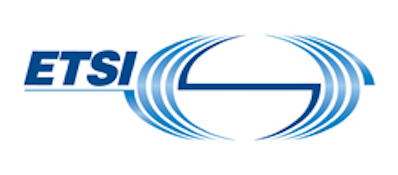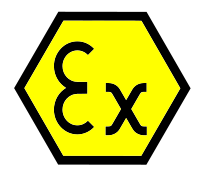What noise levels may cause problems
This Product Brief applies to both the Census and CypherTag products, but make sure you are referring to the relevant product.
What causes the noise?
The kind of electrical noise that will affect an Identec system is a magnetic field. These are generally caused either by something that deliberately causes a magnetic field, or because currents are flowing through nearly cables. Of these, magnetic fields caused by nearby cables are the most likely to be an issue.
The magnetic field of the noise must be in the relevant frequency range for it to affect performance.
Although we can give rough figures for noise levels, it must be stressed that all sorts of noise are not equal. Readers have a lot of filtering that tries to minimise the effect of noise, but this works better for some types of noise.
Cryptag Census - 98kHz
Cryptag Census uses a frequency of 98.4kHz to transmit from tag to reader. (115.2kHz for FCC approved systems.) Noise will reduce the reading range. To meet a range of 3 metres the noise level should ideally be below the field created by a tag at this distance, which is about 10μA/m. Very often the noise can be filtered out by the reader, but this is the noise level that should be aimed for. If a lower range is required, the noise level can be higher, so for 2 metres range the level can be nearer 40μA/m. (Inverse cube law)
A figure of 10μA/m applies to noise in the range of approximately 93 to 103kHz. Outside this range noise will have an effect, but the further away from 98kHz it is the higher the noise level that can be tolerated.
Very often the noise is caused by spikes, for instance from motor drives. Spikes produce what is known as broadband noise, which affects a wide range of frequencies. Spikes higher than 100μA/m will have a similar effect to narrowband noise of 10μA/m.
10μA/m is 20dBμA/m. 100μA/m is 40dBμA/m.
Cryptag Census 131kHz
Cryptag Census readers transmit to tag at a frequency of 131kHz (153.6kHz for FCC approved readers). The magnetic field produced by the reader is much greater than what a tag can produce, so it is much rarer for 131kHz noise to activate tags. If it does happen it is most commonly because there is another tagging system around.
Tags are activated by a magnetic field of about 10mA/m, approximately 1000 times greater than the tag field. Any field greater than this will make a tag wake up, even if it is just a short spike. This should be avoided because every time the tag is woken up it consumes power, and the battery will be flattened. (Typically, it takes about a month in a magnetic field to flatten the battery if the tag is left in a continuous field that will activate the tag.)
As well as flattening the battery, 131kHz fields will prevent the tags from being read. For reliable reading the maximum field should ideally be less than 2ma/m.
10mA/m is 80dBμA/m. 2mA/m is 66dBμA/m.
CypherTag 4MHz
CypherTag tags transmit at a frequency of 4MHz. The magnetic field produced by the tag is around 3μA/m at a distance of 3 metres – less than a Census tag, but at higher frequencies noise levels are also generally lower. To achieve a range of 3 metres the noise level should be kept below 3μA/m.
CypherTag has better filtering so higher levels of noise can more often be tolerated. As with Census the inverse cube law applies, so for 2 metres range the noise can be about 4 times higher at 12μA/m.
The frequency range is 3.95 to 4.05MHz. Outside this range noise will have a lower impact, and higher levels can be tolerated.
CypherTag readers will be affected by spike noise (e.g. from motor drives), but if this is the main source of noise the reader can be configured for spike suppression. This works best when the pulse repetition rate of the spikes is not too high.
3μA/m is 10dBμA/m.
CypherTag 125kHz
CypherTag readers transmit to tag at a frequency of 125kHz. As with Census, peak noise of around 10mA/m will activate the tag and flatten its battery, and lower levels down to 2mA/m may affect reading.











